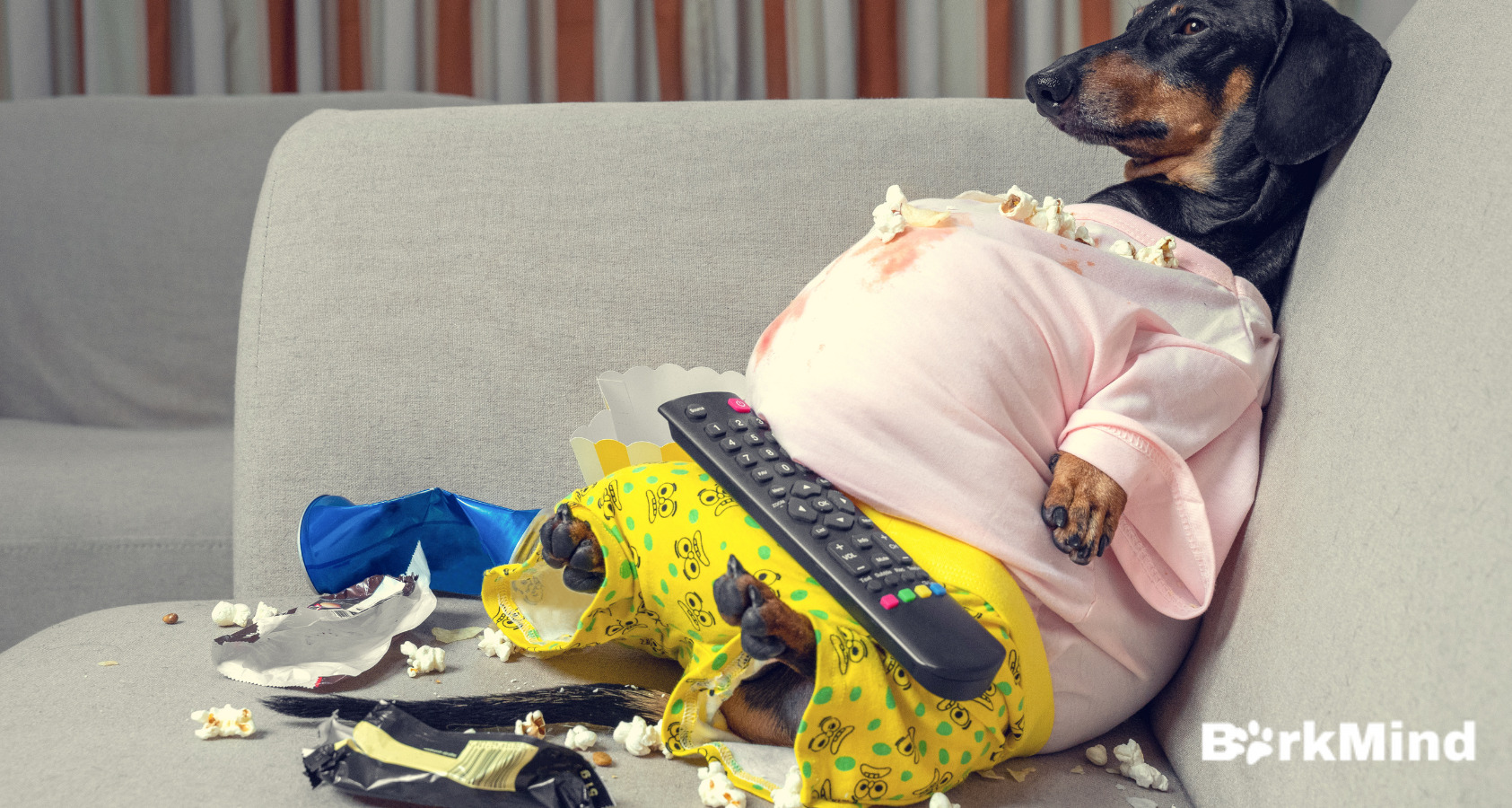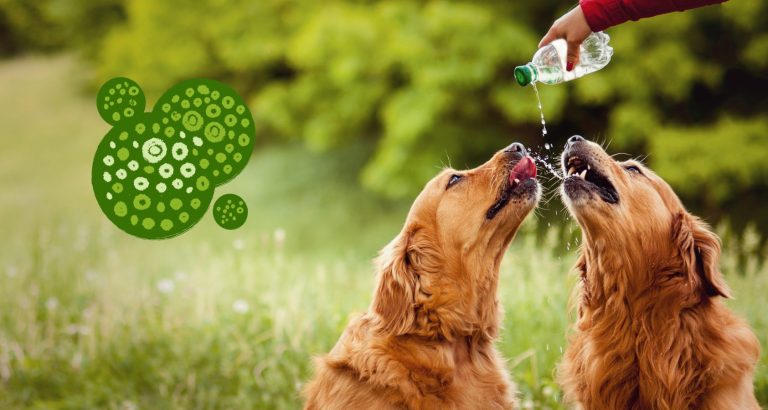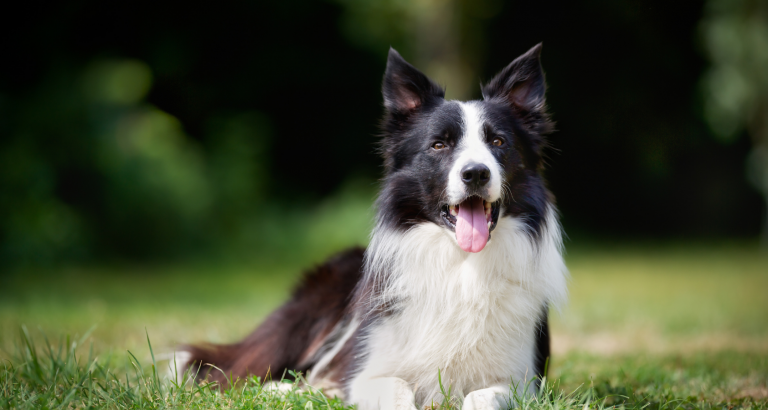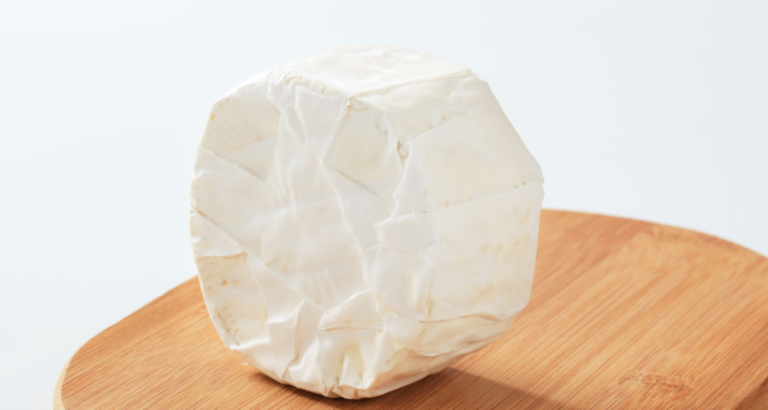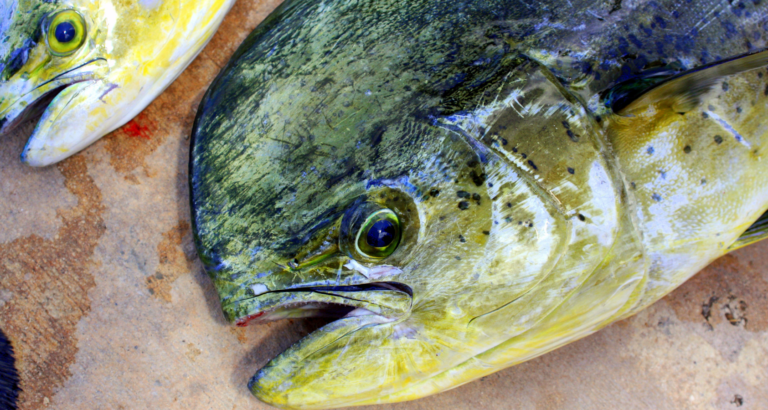How to Fatten Up Your Dog? 10 Weight Gain Tips
Last updated on March 20th, 2023 at 10:05 pm
Reading Time: 10 minutesHow To Help My Dog Gain Weight?
Sometimes, gaining weight is harder than losing weight for humans or dogs. If you have an underweight dog, you probably know that healthily gaining weight can be hard. That is why if you’re looking for weight gain tips on ‘How to fatten up your dog,’ you’re at the right place.
Quick Answer
Weight gain is all about balancing the calories and exercise. There are a few things you can try to fatten up your dog, like giving high protein or fat diets, managing a proper feeding schedule, allowing him proper exercise, some healthy snacks, and treats to encourage eating habits.
Figuring out why your dog is underweight and how many calories he needs is how you can bulk up your dog again. However, there is a difference between eating to gain weight and just eating unhealthy. The latter will only lead to more problems, and the line between the two is thin. So, make sure you are following a proper diet and schedule.
Let’s jump in! Long article ahead so sit tight and enjoy learning something new.
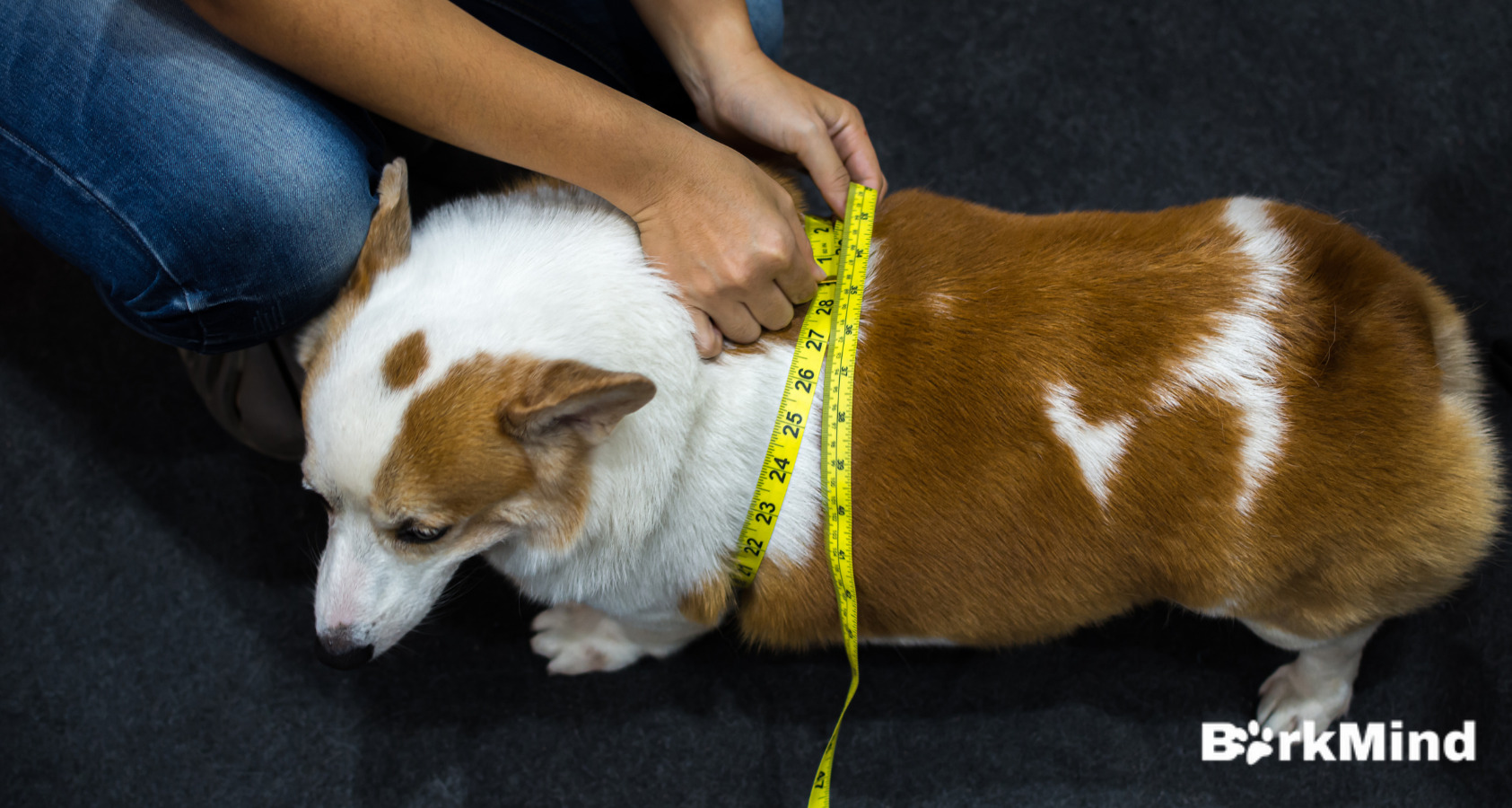
How Can I Tell If My Dog Is Underweight?
If your dog is noticeably thinner than usual, then you might want to consider looking into his diet. It’s important to remember that dogs come in all shapes and sizes, so one dog might be underweight while another is just right. A way to tell if your dog is underweight is to measure her weight every month. If you notice a significant drop in your dog’s weight, then you’ll want to consider examining his diet. You can also look at the other tips below to see if they can help.
How To Tell If My Dog Is Underweight:
- If your dog has very visible ribs, tail bone, hips, or shoulders, that means he is not getting the nutrition he needs.
- Excessive shedding and coat losing luster can also signify low nourishment.
- Depression or lethargy
- Poor eating habits
These are a few symptoms that tell your dog might be underweight. Several reasons can cause weight loss. Figuring out the reason and then taking care of it is how you can keep your dog healthy and alive for a long time.
Why Is My Dog Underweight?
Knowing the cause of your dog losing weight and being underweight is the first step to helping him gain weight. Several factors can affect your dog’s health and growth. Certain dog breeds are more likely to be underweight than others. For example, retrievers and spaniels tend to be lighter than other breeds. If your dog is skinny despite being fed a healthy, balanced diet, it might be because of his breed. However, there are other reasons as to why your dog might be underweight.
Four reasons as to why your dog might be underweight.
Being a Picky Eater
One of the main reasons dogs are underweight is due to the fact they are picky eaters. It may sound like it’s not a big deal, but it’s pretty serious because your dog is losing out on the proper nutrition he needs. Unfortunately, this is easier said than done when a pet food manufacturer doesn’t give specific amounts for each ingredient.
It’s so important to talk to your vet about what kinds of foods are best for your dog. He can help you figure out if your dog is underweight or if there are any other health issues that might be causing your dog to be picky (for example, a medication issue, a food allergy, or an underlying disease).
Not Feeling Well
If your dog doesn’t have the usual appetite and lately has been eating less than before, you might want to check for their condition. One of the reasons dogs don’t eat or lose their appetite is because they are sick. Especially if the weight loss is sudden and comes with other symptoms like fever or vomiting, you need to get them to the vet immediately. It may not be life-threatening, but getting the treatment is better.
Stress
Stress can be a reason your dog is losing weight and is underweight. Several environmental factors can cause stress to your dog, like too much interaction, a change in schedule, loud noises, etc. Sometimes training methods can also be stressful to dogs. If you are unable to figure out why your dog is stressed, then seeking the help of your vet or a trainer is the best solution for your dog.
Luckily, there are a few ways to prevent your dog from suffering from this. Make sure he gets plenty of exercise, interact with him socially (this could be as simple as taking him to a dog park or sitting down with him for a meal), and try to make your home as stress-free as possible.
Aging
Sometimes aging could be the factor your dog is underweight. As a dog ages, it becomes more common for him to lose teeth or get oral pain, making it hard to chew and eat properly. Incorporating wet foods in your dog’s diet or food specifically made for aged dogs can help him eat again properly.
Getting older can have many negative effects on humans, and the same goes for your dog.
How Much Food Do Dogs Need to Gain Weight?
Feeding your dog a healthy diet is so important, though it’s also important to understand how much he should be eating. A good rule of thumb is to feed your dog one-third of what you feed yourself. This ensures that you’re still getting enough but your furry friend won’t be overdoing it. There’s another rule which states to give your dog 1.5x his current diet. Ensure that you feed your dog a healthy diet. A none healthy diet can hurt your dog rather than help him gain weight. If you’re thinking of purchasing dog food online, check the ingredients meticulously to make sure that you’re feeding your dog with food that’s packed with the nutrients it needs.
Rule: If you have a large breed who weighs more than 65 pounds, you should feed him 2 cups of dry dog food each day. Smaller dogs should eat 1 cup of kibble each day. Ideally, your dog should eat twice a day.
10 Weight Gain Tips to Help Your Dog Gain Weight
You don’t have to worry too much if your dog is underweight. It can be a good and bad thing at the same time. There are many tips and tricks that can help your dog gain weight healthily. Weight gain is all about balance and patience, it doesn’t happen overnight and takes time and tolerance.
Below are 10 tips and tricks that can help your dog gain weight: (Keep In Mind You Need To implement These Daily For Them To Help)
1. Food with High Protein and Fat
Proteins are essential for dogs. They help in their growth and development, so giving them protein-rich foods is important. Food with high protein and fat is also great for underweight dogs as they help put on weight healthily. It can be a bit expensive compared to the normal feed; however, for an underweight dog, it’s really important.
To avoid an upset stomach or other problems, it’s best not to switch suddenly. Start with 90% old food and 10% new food and gradually increase the ratio till it’s 100% new foods. You will start seeing an increase in weight just after a couple of weeks.
Adding protein powder to your dog’s diet can also help him gain weight.
2. Health Journal
A great tip is maintaining a health journal. Watching your dog’s weight every week and recording it to see the difference can help. Keep track of your dog’s daily meals and treats along with the calories given and exercise done. This way, you can see if the new diet is making a difference if the dog is gaining weight, and then take measures accordingly.
Even a slight fluctuation in your dog’s weight or health and you will be able to figure it out. If your dog is gaining weight, you can continue with the diet; however, if you see that he is losing more weight, you can immediately contact the vet to figure out a solution.
3. Managing a New Feeding Schedule
Changing your dog’s feeding schedule can help your dog gain weight. Having a meal right before going to bed will make you gain weight as your body stores the food as fat. The same can be said for dogs as well. Giving your dog smaller portions in the morning and then giving a big portion in the evening can help your dog bulk up as his body will store it as fat rather than burn it off.
One more thing you can do is give your dog small meals frequently. This will increase your dog’s appetite gradually, and also, receiving nutrients throughout the day will help him put on weight.
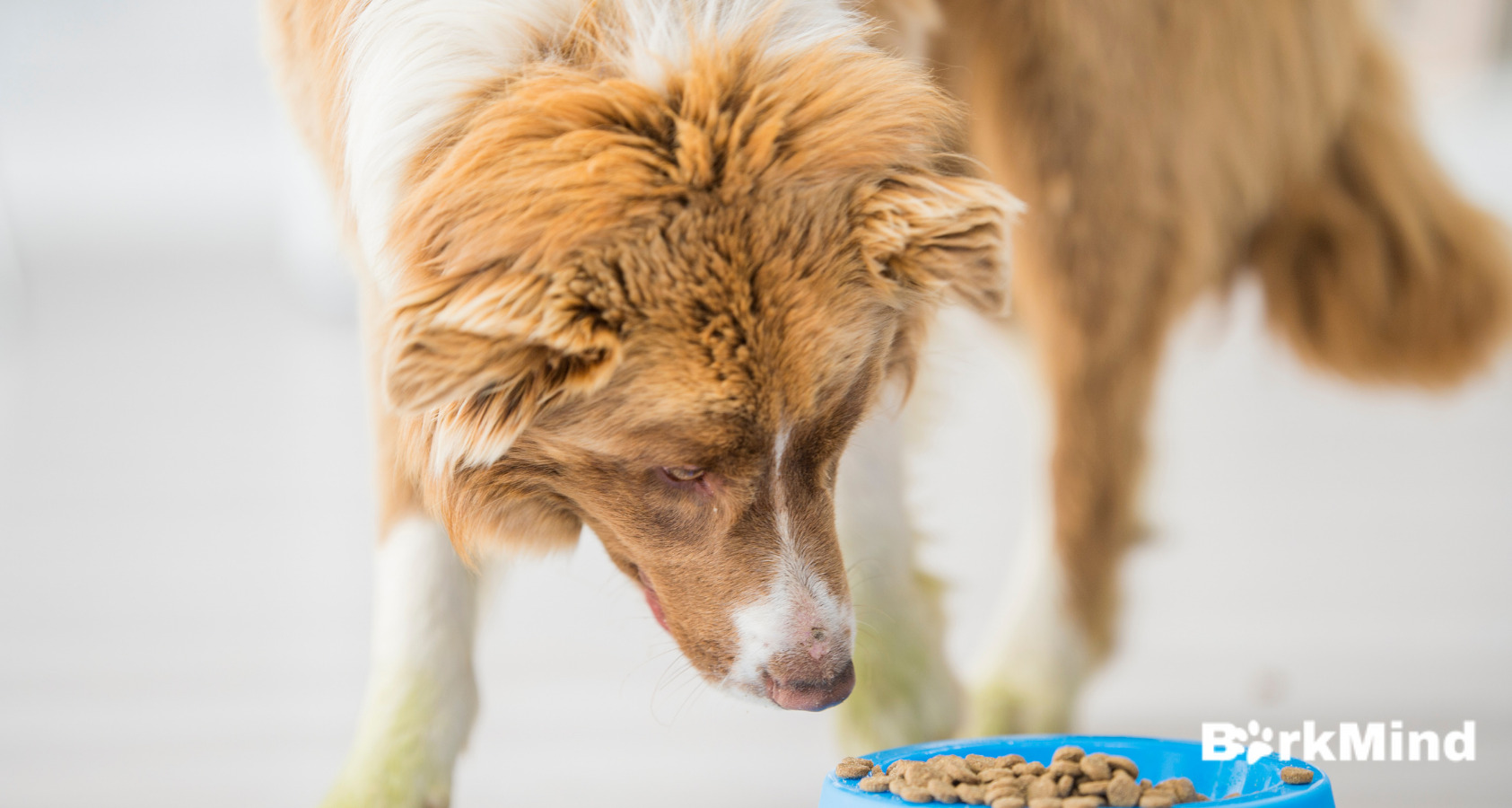
4. Weight Gaining Snacks
Rather than giving your dog treats, you can give him healthy weight-gaining snacks. For example, sweet potato and pumpkin are foods enriched with proteins. Feeding your dog a spoonful of sweet potato and pumpkin puree will boost his diet with more fat, fiber, and protein, helping him gain weight. You can also incorporate these into your dog’s normal food diet rather than giving it a treat, and it will have the same results.
Another healthy snack you can give your dog as a treat is peanut butter. It’s a food with high-fat content and is excellent for gaining weight. Try feeding them all-natural peanut butter as a treat. However, if your dog is allergic to nuts, you should stick to your old treats or give him sweet potato or pumpkin puree instead.
5. Exercise
As much as feeding your dog healthy food is important, exercising is equally important. If you’re solely focusing on a diet, then it’s counterproductive as your dog will eventually end up overweight if no exercise is involved.
Exercising will help your thin dog gain some muscle, but if it’s not done properly, it will end up causing stress to your dog. Just like you gradually increase the diet and portions, you have to do the same with exercising. Start with simple exercises and then slowly move on to heavy ones. This will help your dog gain muscle and is also less likely to cause stress. You should consult a trainer for the exercises and avoid doing them yourself.
6. Wet or Fresh Foods
If your dog is a picky eater and refuses to eat protein-rich foods, you can try wet or fresh foods. Fresh foods like meat and vegetables are a great option. Just make sure that they’re not spoiled and are safe for your dog. Mentioned below are a few vegetables that have great health benefits for your dog.
- Kale – It has a lot of vitamins like vitamin A, K, and iron that will provide bone health.
- Broccoli – It also is filled with vitamins along with potassium that will help battle diseases and increase heart health.
- Beets – They have vitamin C, fiber, and potassium. It will help with their immune system and digestion.
7. Add In Extra Treats Or Snacks
For dogs that are picky eaters, the best solution to make them finish their food is food toppers. You can add your dog’s favorite treat or snack on top of the food or buy some food toppers to increase your dog’s appetite.
Along with that, awarding your dog with some extra treats from time to time will increase his appetite. If you’re using treats with lots of nutrients, he gets nutrition throughout the day, which will help them gain weight.
Some good treats for dogs include high-protein treats like peanut butter, high-fibre treats (like fruit or veggie sticks), and healthy treats. Snacks can be anything from healthy treats to pieces of fruit.
8. Make Sure You’re Rotating Your Dog’s Diet.
Mixing up your dog’s diet is important for a few reasons. First, it makes it more interesting for him to eat, which helps him avoid becoming bored and overeating. Second, it helps him get a variety of nutrients. The most common way to mix up a dog’s diet is to mix in some veggies with his kibble.
9. Don’t go too hard on the water.
Running your dog through the rain barrel or having him swim in the backyard is exhausting, which can make it difficult for him to drink enough water. Instead, try to keep his water bowl in a certain location where he’s sure to see it. This way, he’ll be less likely to ignore it.
10. Avoid feeding dry kibble.
Dry kibble is simply a chunk of meat served without any water. This means that your dog is missing out on important vitamins and minerals that come from eating a balanced diet with veggies and other ingredients. Plus, dry kibble is very dense, high in calories, and only contains around 10-20% moisture. Even if your dog is eating a healthy diet, he’s likely not getting enough water. Water is a vital part of your dog’s diet, and it’s easy to forget about when you’re busy with work and other daily activities.
Make sure to give your dog a bowl of fresh, clean water once a day.
Conclusion – How to Fatten Up Your Dog?
It can be frustrating to try and help your dog to gain weight, especially if they’ve been underweight for a while. It’s important to make sure that they get enough calories and nutrients, and that you don’t go too hard on the water. By following these tips, you can help your pup to gain some weight.
however, gaining weight requires a lot of patience and hard work, which is why to help you out, this article has all the tips and tricks you can use to help your dog healthily gain weight. Having a proper diet is the most important step toward a healthy weight.
So, don’t let your dog be slim and smart. Give him a proper diet and follow all other tips to make him healthy
About The Author
I'm a content writer and researcher. But bottom line, I loveee animals. I had my first animal which was a guinea pig at age 8. Later had a bunny, dog and a lot, a lot of fish. Writing about what I know about pets will allow me to share my knowledge and love for them with everyone else. Dealing with dogs my entire life, I know a lot.

